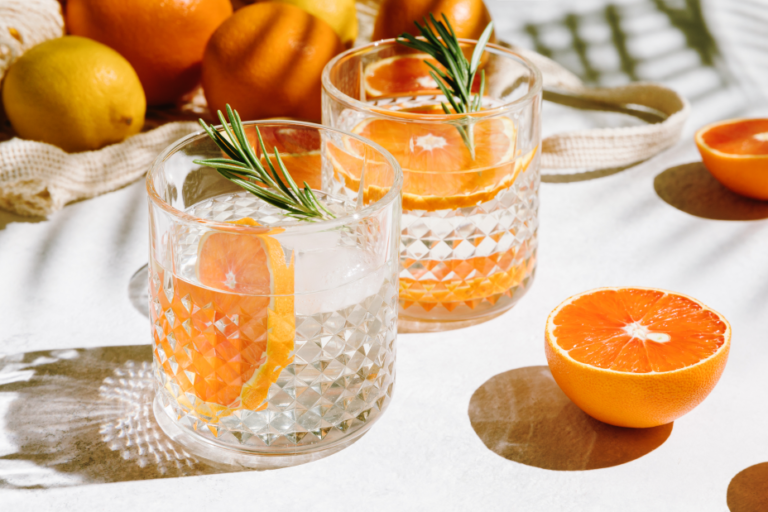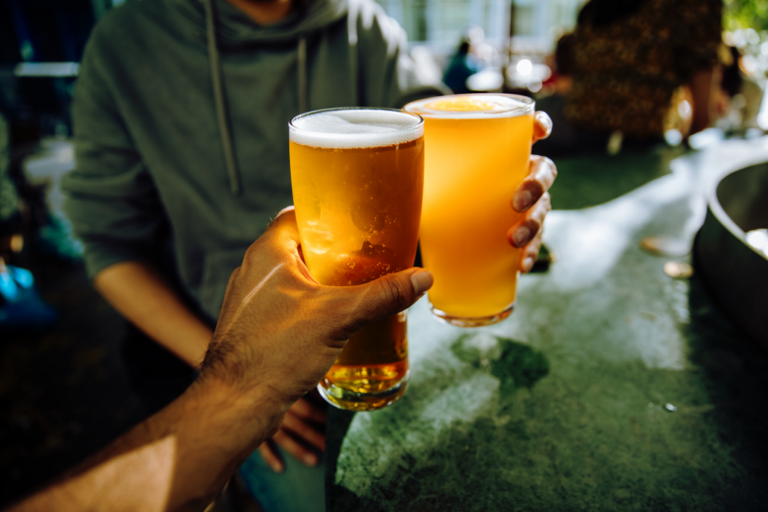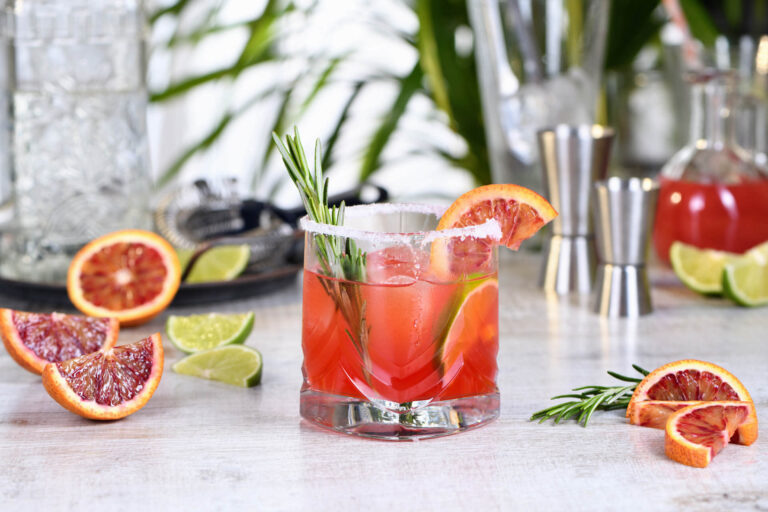24/07/2025
How is the moderation trend evolving?
From outright abstinence to Dry January and the rise of no-alcohol products, moderation is reshaping the global beverage alcohol landscape – but the trend is a complex and ever-changing one, with notable variations among different age groups and markets
Moderation – for both health-related and economic reasons – is a significant driver of reduced alcohol consumption and spend, but the picture is a nuanced one, with diverse motivations and behaviours around the world.
The impact is apparent from research conducted by IWSR, the global authority on beverage alcohol data and intelligence: Bevtrac consumer findings from March 2025 show recalled spend on alcohol trending negative across most of the top 15[1] markets.
Meanwhile, according to IWSR’s most recent No/Low Alcohol Strategic Study, published in December 2024, per capita consumption in litres of pure alcohol across the 10[2] markets surveyed has fallen by -20% since 2000 – an indicator not only of falling consumption rates, but also of consumers switching to lower-ABV categories such as RTDs and no/low alcohol.
While moderation spans all age groups, it is particularly pronounced among younger LDA consumers. According to the No/Low Alcohol Strategic Study, 75% of Gen Z consumers of no- and low-alcohol products reported moderating their alcohol intake in the past six months, compared to 74% of Millennials, 66% of Gen X, and 55% of Boomers.
“Claimed spending on alcohol is continuing to shrink as a result of embedded moderation and persistent economic pressure, with significant negative shifts in Canada, South Africa, China[3] and the US,” says Richard Halstead, COO Consumer Insights, referring to Bevtrac findings. “Moderation is especially key for younger LDA consumers, but there are notable attitude variations among different age cohorts, and contrasting moderation habits across different markets.”
According to Bevtrac research conducted in March 2025, rates of total abstention from alcohol are largely stable versus the peak recorded in April 2023, with only China showing a higher rate of non-consumption over that timescale. Across the top 15 markets, 22% of LDA consumers said they had abstained completely from alcohol over the past six months in March 2025, down from 25% in April 2023, but marginally up from 21% in March 2024.
Others are embracing moderation either by embarking upon periodic dry spells, or by drinking alcohol less frequently and/or intensely. Among the top 15 Bevtrac markets surveyed in March 2025, 41% of consumers said they had abstained from alcohol for a period of time in the past six months – up from 39% the year before.
In South Africa, the proportion rose from 53% to 58% over the same timescale, and there were increases in Asia-Pacific (from 22% to 26%) and Europe (from 34% to 36%). In Spain, 56% of Millennials reported pausing drinking for a period of time – up from 42% a year ago.
“Temporary abstinence as a form of regulating alcohol intake is very common and has gained in popularity in the majority of markets over the past year, with younger drinkers most likely to abstain periodically,” says Halstead.
With the exceptions of India and China, the proportion of light drinkers has increased over the past two years across the top 15 markets, but is now showing signs of stabilising, having risen from 33% in April 2023 to 36% in March 2024 and then 37% in March 2025. North America recorded a notable increase over the past 12 months, with the proportion of light drinkers moving up from 39% to 44%.
At the same time, the number of Gen X light drinkers is on the rise: although this cohort is still the leader in terms of overall alcohol consumption, its proportion of light drinkers has risen from 16% to 24% over the past year, while heavy drinkers have reduced from 60% to 51%.
The general picture is one of younger consumers exercising moderation more widely than older age groups, but the picture remains nuanced: IWSR’s Bevtrac research shows that alcohol usage over the past six months among LDA+ Gen Z consumers has increased significantly versus the lows recorded in April 2023. The research also suggests that this age cohort is now less committed to sustained moderation, instead regulating consumption by abstaining for a defined period of time.
“Meanwhile, Millennials in the US appear to be shifting to drinking less,” explains Halstead. “Shrinking repertoires and an increased commitment to moderation are driving a decline in alcohol consumption for this age cohort. Peer group behaviours now appear to be aligning more with the moderation trend.”
Moderation strategies also display different patterns among different age groups. Younger (Gen Z, Millennial) consumers are more likely to be ‘situational’ moderators – only drinking at weekends and on special occasions – or ‘occasional’ moderators – avoiding drinking at set times, such as when training or participating in Dry January or Sober October. Older (Gen X, Boomer) age groups are more likely to be ‘mindful’ moderators – trying to limit their alcohol intake consistently – or to abstain completely.
This pattern can also be traced on a market-by-market basis. Broadly, countries are split between ‘situational’ moderators and ‘mindful’ moderators, with Brazil and France at the ‘situational’ end of the spectrum; and the UK and Canada more ‘mindful’.
“Germany has the largest proportion of abstainers, while the US has the largest proportion of ‘occasional’ moderators,” says Halstead. “Along with the UK, it’s a market in which more buyers of no/low-alcohol products have participated in alcohol-free challenges.”
In turn, these patterns impact future drinking behaviour. According to IWSR’s No/Low Alcohol Strategic Study, people who consistently moderate their alcohol intake – abstainers and ‘mindful’ moderators – are more likely to reduce it in the future. By contrast, consumers who practise moderation during the week or for set periods – ‘situational’ and ‘occasional’ moderators – are more likely to continue drinking.
While the moderation trend is constantly evolving and becoming more nuanced, it is now an established part of the beverage alcohol marketplace – and it looks set to remain that way. A comparison of IWSR’s Bevtrac findings in March 2025 with September 2024 shows moderation remaining consistent over that six-month period.
“When consumers were asked about their current and future alcohol consumption levels, with the exception of India, where commitment has weakened compared to six months ago, cutting back remains a priority in all Bevtrac markets,” says Halstead. “And there is no sign of the trend abating in the near future.”
[1] US, Canada, Brazil, Mexico, France, Germany, Italy, Spain, UK, South Africa, India, China, Taiwan, Japan, Australia
[2] US, Canada, Brazil, France, Germany, Spain, UK, South Africa, Japan, Australia
[3] IWSR Bevtrac research in China only surveys urban middle-class consumers
The above analysis reflects IWSR data from the 2025 data release. For more in-depth data and current analysis, please get in touch.
CATEGORY: All | MARKET: All | TREND: Moderation |
Interested?
If you’re interested in learning more about our products or solutions, feel free to contact us and a member of our team will get in touch with you.




